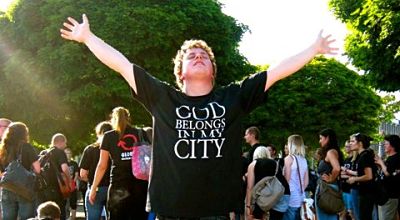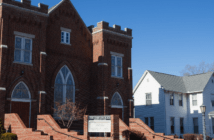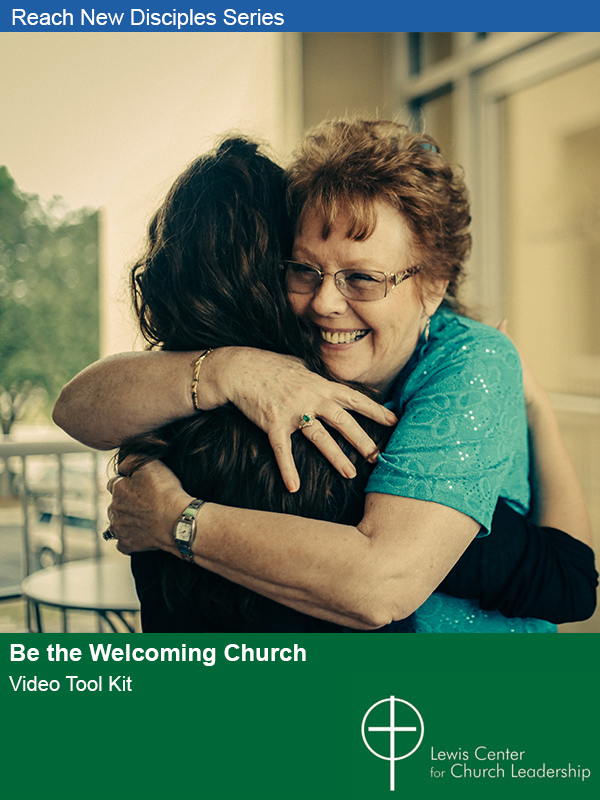Several recent research efforts addressing the spiritual practices of those not connected to religious communities have found that prayer is a practice that those inside the church and those beyond the church hold in common.
Pew Research Center’s often-cited study, Religion and the Unaffiliated, found that 27 percent of people who describe their religion as “nothing in particular” pray daily. A 2012 survey by Elizabeth Drescher conducted with “nones” (people who claim no particular religious affiliation) found that 19 percent find prayer a spiritually meaningful practice. And Nancy Ammerman’s recent work that examines religion in everyday life (Sacred Stories, Spiritual Tribes,Oxford University Press, 2014), also discovered that many people disconnected from traditional religious communities still pray regularly. “Prayer is a core element in the human experience of religion,” she concludes.
Perhaps the first, most powerful evangelistic question in our day is not “Have you been saved?” or “Will you attend church with me?” but simply “May I pray with you?”
These findings suggest that ministries of prayer can be a meaningful form of outreach. Increasingly, creative church leaders are finding ways to extend prayer ministries beyond the walls of their churches.
There are churches with drive-thru prayer stations and congregations with community prayer walls or labyrinths in their church yards. Others are conducting prayer walks or prayer vigils in response to community needs or setting up prayer stations in coffee houses and train stations. Some pastors use Twitter to pray for their whole communities in times of crisis or need, and others use social media to connect with people beyond their flock who voice very specific or personal prayer requests.
Related Resources:
- Taking Church to the Community Resource
- Taking Church to the Community by Ann A. Michel
- Your Community is Your Congregation by Joe Daniels
- 2010 Religion Census Reveals Changing Trends by Lovett H. Weems, Jr.







